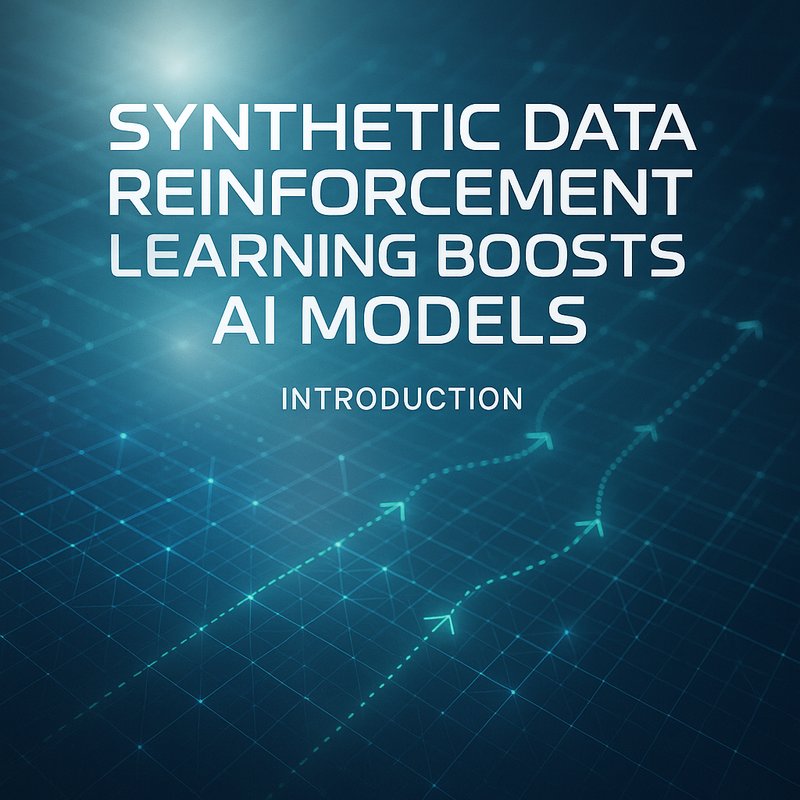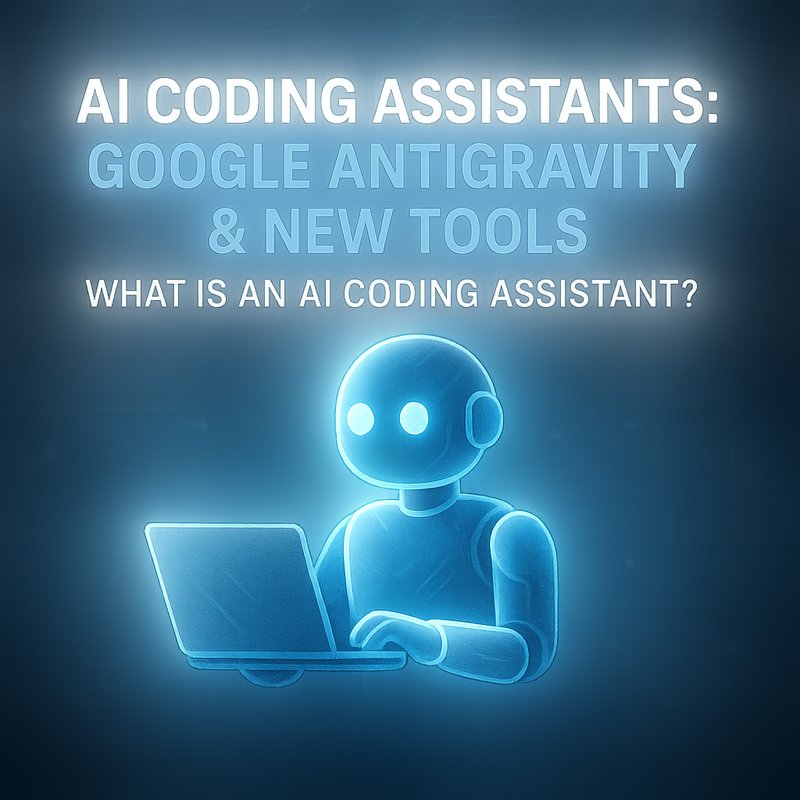AI cybersecurity threat detection is the newest line of defense that many companies are adding to their security strategy. Instead of relying only on rules written by humans, AI systems learn from data, spot patterns, and warn you about attacks before they cause damage. In this guide we’ll explain how it works, why it matters, and how you can start using it with minimal effort. By the end you’ll know the basic steps to build an AI‑powered security system that keeps your business safe.
1. The Threat Landscape Today
Modern attackers use a mix of tools to get into networks. A few common tactics:
- Malware that hides in legitimate files.
- Phishing emails that trick employees into giving up passwords.
- Ransomware that locks company data and demands payment.
- **Zero‑day exploits that take advantage of software bugs no one knows about.
- Insider threats employees who misuse or steal data.
Because these attacks keep changing, static security rules are no longer. You need something that can adapt and spot new tricks automatically. That’s where AI cybersecurity threat detection steps in.
2. How AI Powers Threat Detection
2.1 Machine‑Learning Models
Machine‑learning (ML) models learn from examples. If a company’s logs show that a certain pattern of traffic usually precedes a data‑exfiltration attack, the ML system can flag similar patterns in the future.
- Supervised learning uses labeled data: examples of normal vs. malicious behavior.
- Unsupervised learning finds anomalies without needing labeled data. It looks for activity that looks different from the norm.
2.2 Anomaly Detection
Anomaly detection is key in AI cybersecurity threat detection. Instead of checking each event against a rule, the system learns what “normal” looks like and raises alerts when something deviates. For example, a sudden spike in outbound traffic from a single server may indicate a data breach.
2.3 Behavior Analytics
AI looks at the behavior of users and devices over time. If an account that normally works from New York suddenly starts logging in from a foreign country, the system can raise an alarm. This is especially useful for detecting compromised accounts that traditional rules miss.
2.4 Natural Language Processing for Emails
Phishing is still one of the biggest attack vectors. AI uses NLP to read email content, analyze tone, check URLs, and compare with known phishing patterns. If the email looks suspicious, it can be quarantined automatically.
2.5 Network Flow Analysis
By examining packet flows, AI can spot unusual patterns like command‑and‑control traffic or data tunneling. It can even detect stealthy movements inside a network that human analysts might miss.
3. Building an AI Security Stack
3.1 Data Collection
The first step is gathering logs from firewalls, endpoint agents, cloud services, and email gateways. Clean the data: remove duplicates and fill in missing fields.
3.2 Labeling and Annotation
If you want supervised learning, you need labeled examples of attacks. Use a small seed set of known incidents and let a security analyst tag them. This seed set can be as small as 200 events.
3.3 Model Training
Pick a model that matches your data size:
- For large volumes, deep learning models like LSTM or Transformer work well.
- For smaller sets, decision trees or random forests can be effective.
Train on the labeled set, validate on a hold‑out sample, and tune hyperparameters for best performance.

3.4 Deployment
Once the model is ready, deploy it as a service that can receive real‑time logs. You can use containers or serverless functions for quick scaling. Keep the model versioned so you can roll back if needed.
3.5 Monitoring and Feedback
Set up dashboards that show alert volume, false‑positive rate, and model confidence. When an analyst verifies an alert, feed that outcome back into the model so it learns faster.
4. Real‑World Deployments
| Industry | Challenge | AI Solution | Result |
|---|---|---|---|
| Finance | Phishing attacks on customers | AI email scanner + anomaly detection | 70% reduction in phishing incidents |
| Healthcare | Insider data leaks | Behavioral analytics + anomaly detection | 50% fewer data‑exfiltration events |
| Retail | Ransomware on point‑of‑sale systems | Real‑time network flow analysis | Zero downtime during a major ransomware wave |
These examples show that AI cybersecurity threat detection can be applied across sectors. Companies often start with a single high‑risk area, then expand the coverage as the system matures.
5. Challenges and Mitigations
| Challenge | Why It Happens | How AI Helps |
|---|---|---|
| Data privacy | Sensitive logs can’t be shared freely | Use on‑prem deployment or federated learning |
| Model drift | Attack patterns evolve, models become stale | Continuous retraining and feedback loops |
| Adversarial attacks | Attackers manipulate data to fool AI | Robust training with adversarial examples |
| False positives | Too many alerts overwhelm analysts | Adjust confidence thresholds, human‑in‑the‑loop review |
When designing an AI system, keep these points in mind to avoid common pitfalls.
6. The Future of AI Security
- Zero Trust Architecture: AI will enforce strict identity checks on every request.
- AI Orchestration: Security tools will talk to each other automatically, coordinating response actions.
- Threat Hunting Automation: AI can suggest hunt hypotheses based on emerging trends.
- Explainable AI: Security teams will demand clear reasons behind alerts, leading to more transparent models.
Staying ahead means adopting AI early, not waiting until a breach happens.
7. Getting Started with Neura
If you’re ready to try AI threat detection, Neura offers tools that lower the barrier to entry:
- Neura Artifacto lets you run ML models on security logs without coding.
👉 https://artifacto.meetneura.ai - Neura ACE automates data labeling and model training.
👉 https://ace.meetneura.ai - Neura Router connects your logs to over 500 AI models with a single API call.
👉 https://router.meetneura.ai
Read our case studies for deeper insight: https://blog.meetneura.ai/#case-studies
8. Conclusion
AI cybersecurity threat detection is not a buzzword—it’s a practical way to keep your business safe from modern attacks. By learning from data, spotting anomalies, and feeding back results, AI systems adapt faster than rule‑based solutions. Start with a small dataset, build a basic model, and expand as you gain confidence. The future of security will be smart, automated, and always learning.









